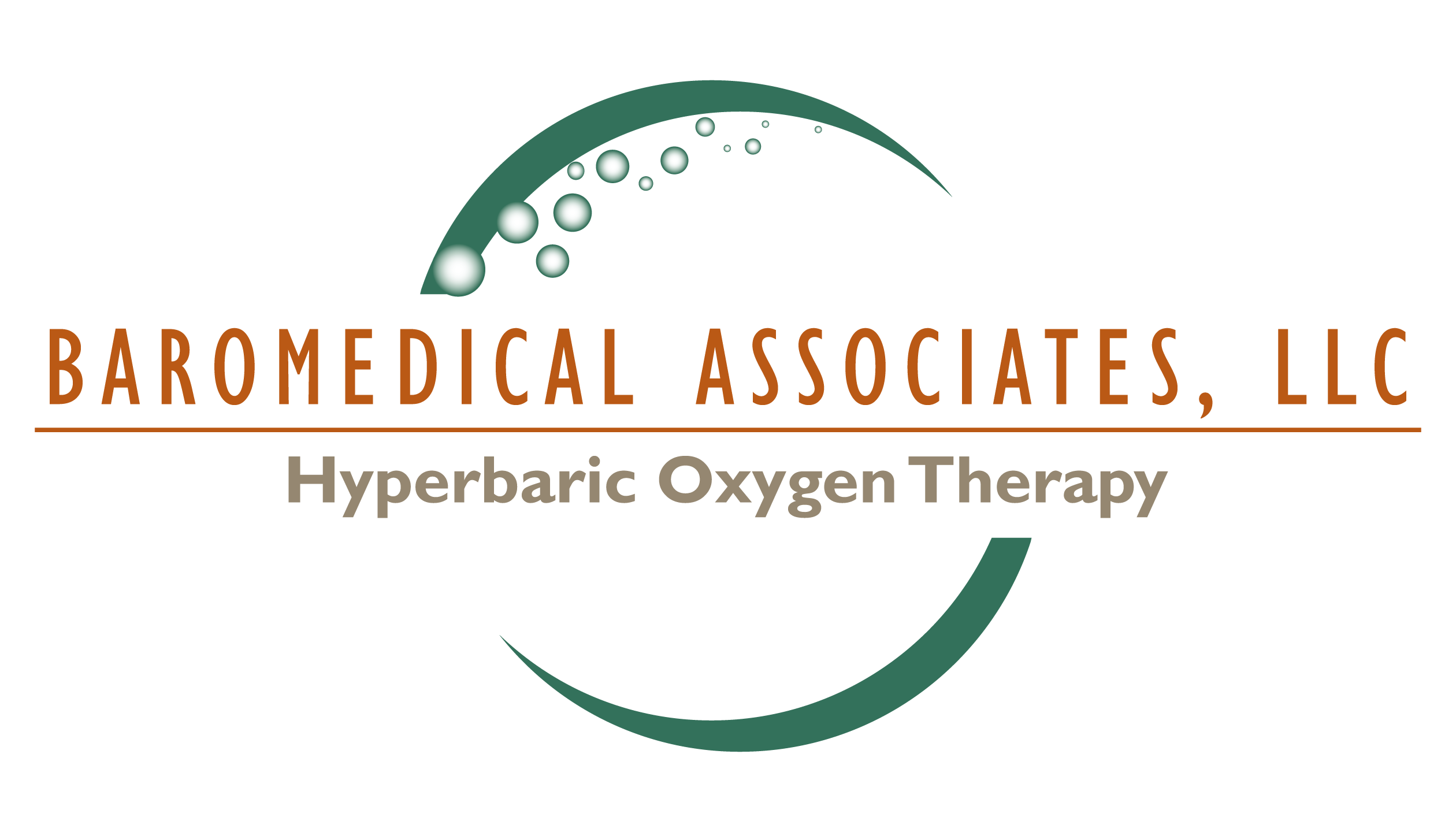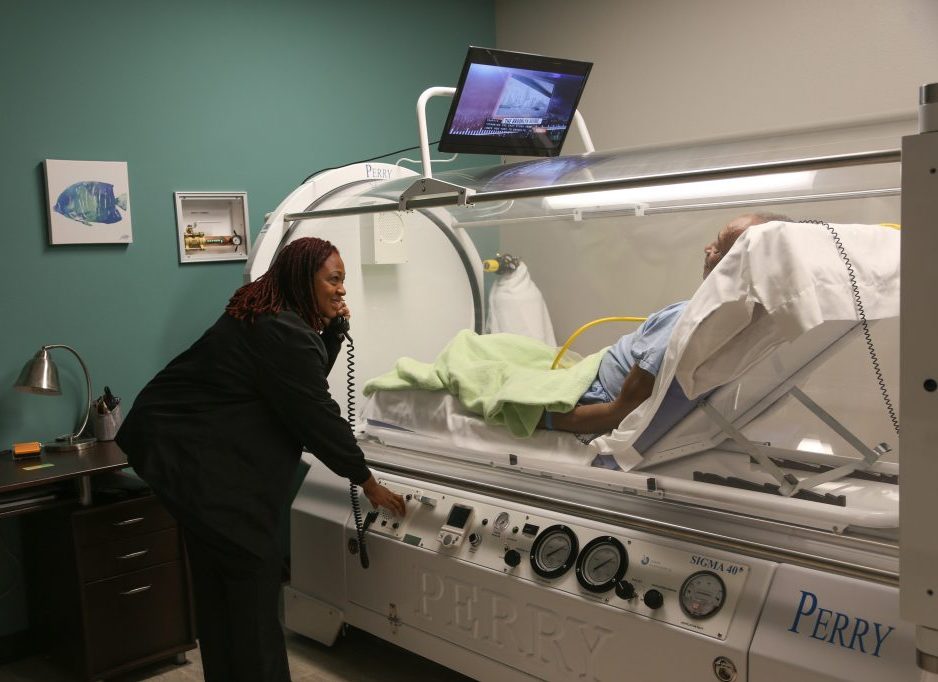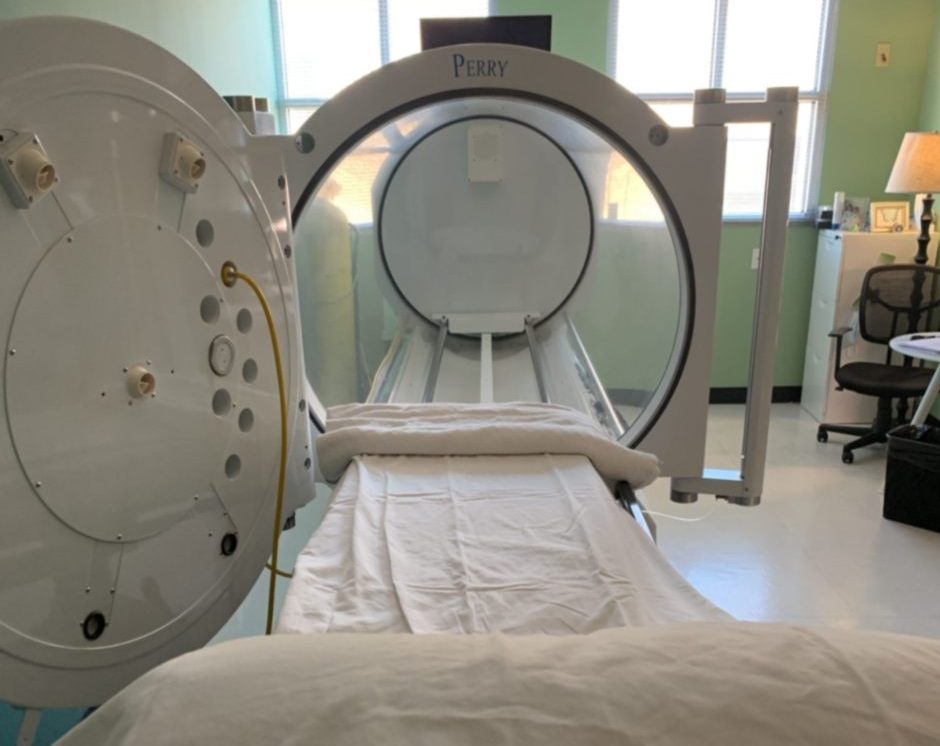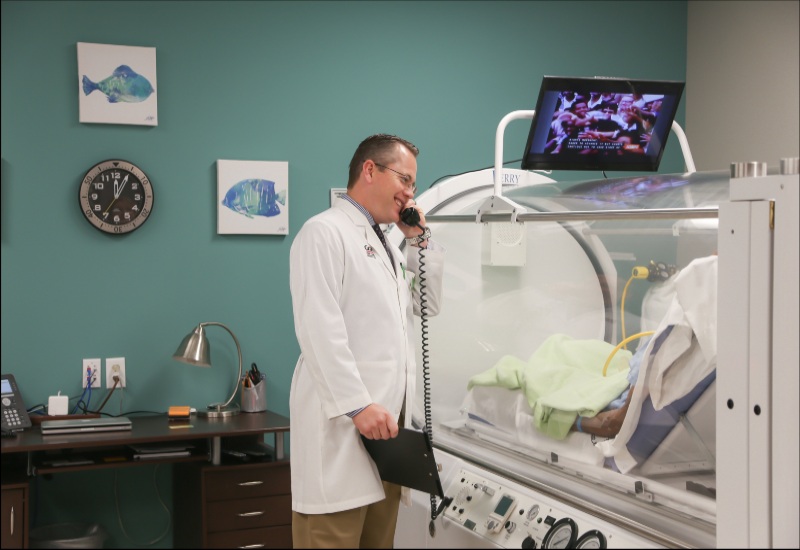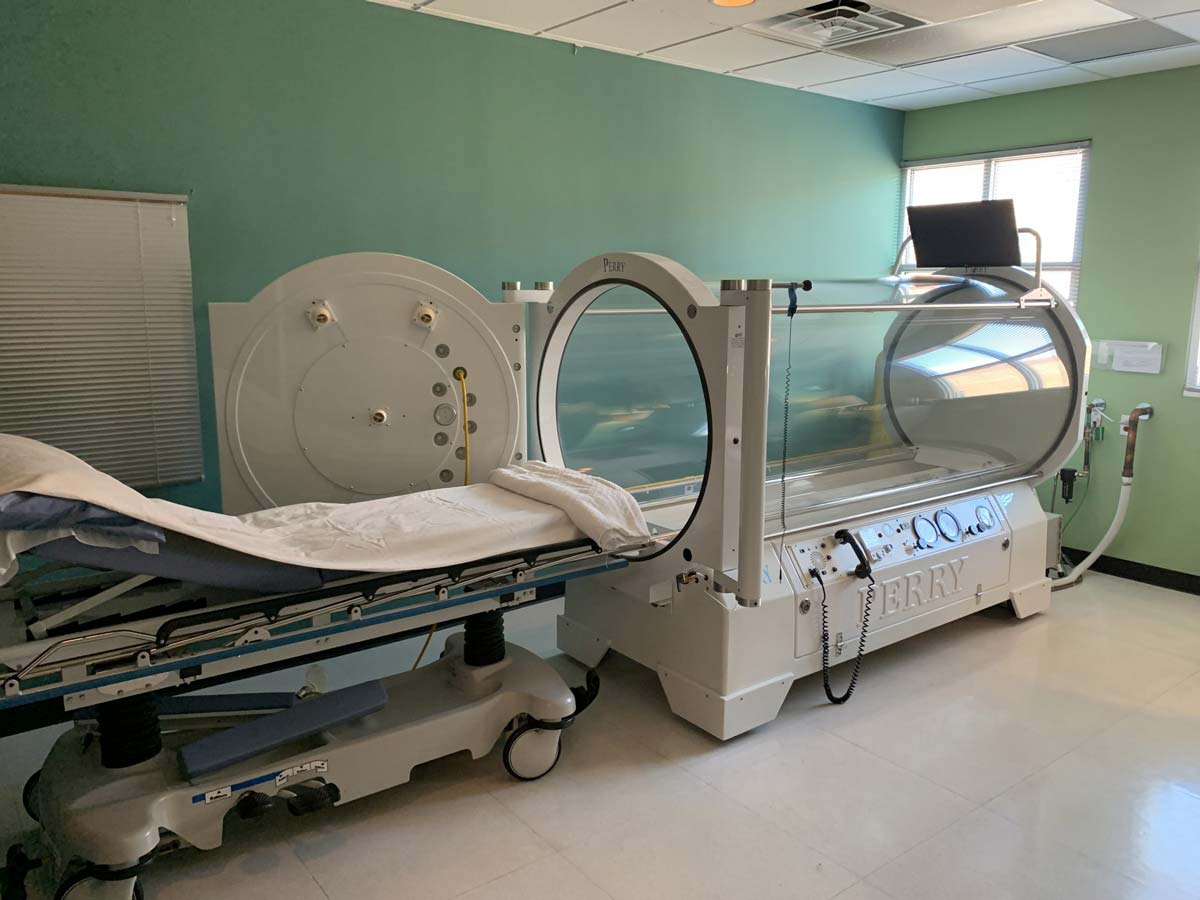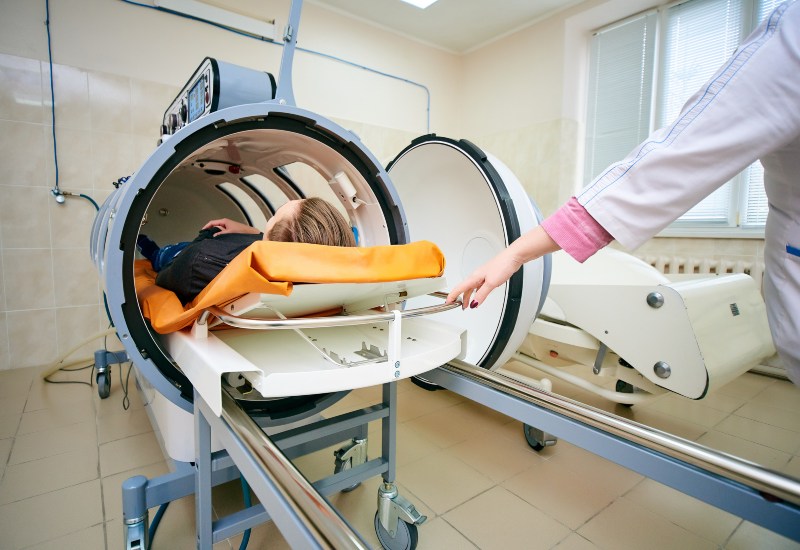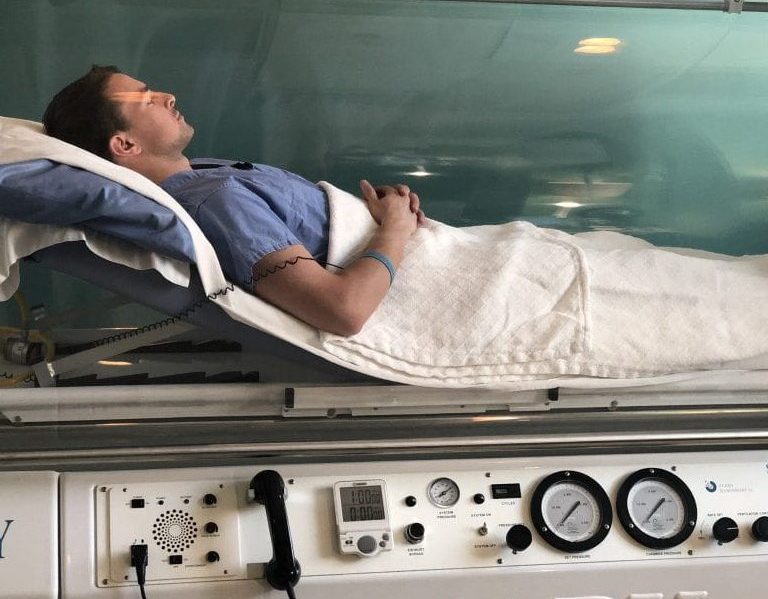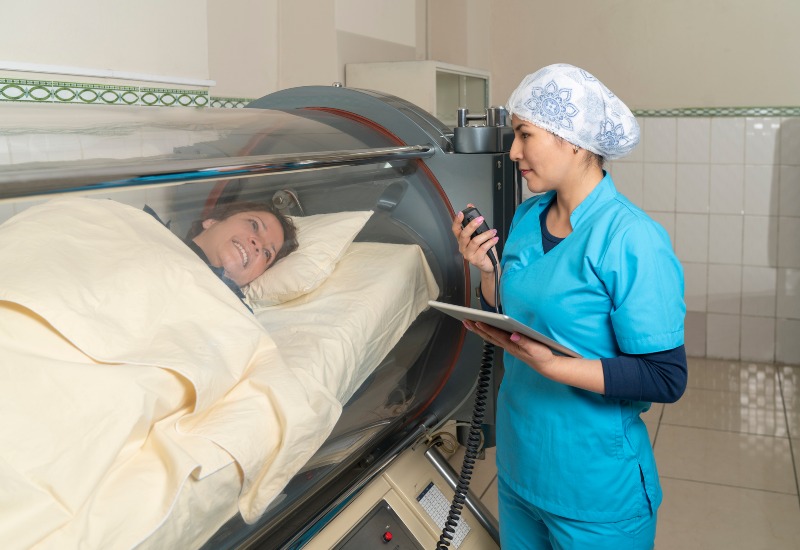Hyperbaric oxygen therapy (HBOT) is a specialized treatment where you breathe pure oxygen in a pressurized chamber. This innovative therapy has a broad range of applications, from treating concussions to aiding in recovery from radiation tissue damage after cancer treatment. However, HBOT isn’t suitable for everyone. It’s crucial to understand if you’re a candidate for this therapy to ensure safety and prevent complications.
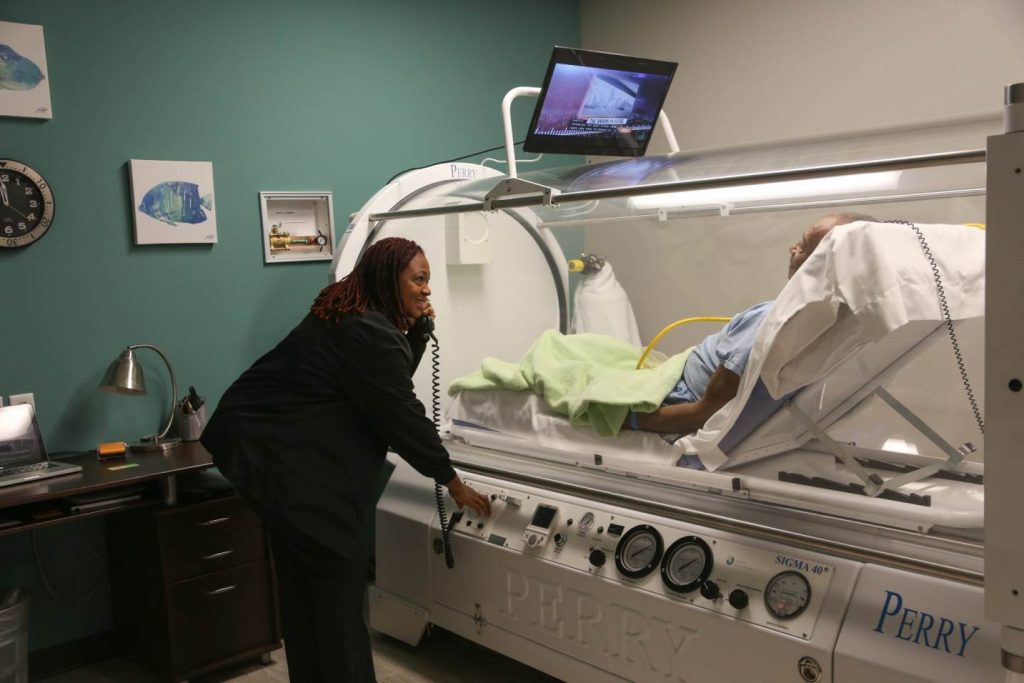
Understanding Hyperbaric Oxygen Therapy
HBOT involves lying in a chamber with significantly higher air pressure than normal. This environment allows your lungs to gather more oxygen than they can under regular atmospheric conditions. Therapy may last as little as sixty minutes or as long as two hours.
Absolute Contraindication for HBOT
A contraindication is a situation or condition that deems it unsafe to deliver a particular treatment, procedure, or medication to a person. Essentially, it’s a reason to avoid a specific therapy that may cause more harm than good.
Untreated pneumothorax is the only absolute contraindication for HBOT. This condition is when air becomes trapped between the lung and chest wall, causing lung collapse. HBOT is completely off-limits if you have pneumothorax unless you treat it beforehand.
Relative Contraindications
Consider these other contraindications for HBOT: Our hyperbaric specialist will discuss your medical history with your primary care physician or specialists prior to treating you to determine if HBOT is appropriate for you.
- Severe respiratory disease: People with chronic obstructive pulmonary disease (COPD), severe asthma, or a history of pneumonitis may experience complications with HBOT. The high pressure in the chamber can aggravate these conditions, leading to serious health risks.
- Uncontrolled high fever: It’s generally advised to avoid HBOT if you have a fever above 102 degrees F. High fever can lower the threshold for seizures, and the high-oxygen environment of HBOT may elevate this risk.
- Claustrophobia: The enclosed space of a hyperbaric chamber can be distressing for people with a fear of tight places. Consider the severity of your claustrophobia and whether you can manage it during treatment. Our hyperbaric chambers are the largest, clear acrylic chambers made to reduce confinement anxiety.
- Certain eye and ear disorders: Conditions like Eustachian tube dysfunction or a history of particular ear and eye surgeries make you more susceptible to barotrauma, or injury caused by pressure changes. Some patients may need to see a ENT for ear tubes to avoid any issues.
- Chemotherapy: Certain chemotherapy drugs, including doxorubicin and bleomycin, can interact adversely with HBOT.
- Pregnancy: While traditionally viewed as a contraindication, HBOT can be beneficial in certain scenarios, such as carbon monoxide poisoning during pregnancy.
- Insulin-dependent diabetes: HBOT is an effective treatment for diabetic wounds, but it presents a risk of therapy-induced hypoglycemia, or low blood sugar. Point-of-care glucose monitoring is required to safely perform HBOT on diabetic patients.
Choose Baromedical Associates, LLC, for HBOT
Hyperbaric oxygen therapy is a cutting-edge treatment offering remarkable benefits for various medical conditions. Patients without contraindications may benefit tremendously from this treatment and our hyperbaric specialist will discuss your medical history with your primary care physician or specialists prior to treating you to determine if HBOT is appropriate for you.
If you’re seeking HBOT in Dallas, choose Baromedical Associates, LLC. As an innovator in this field, we offer the most advanced therapy available in FDA-approved, single-person hyperbaric chambers. We are also known globally for treating children and international patients. To explore your treatment options with a team that truly understands your needs, please contact us today. We have four convenient locations in the Dallas Metro area.
